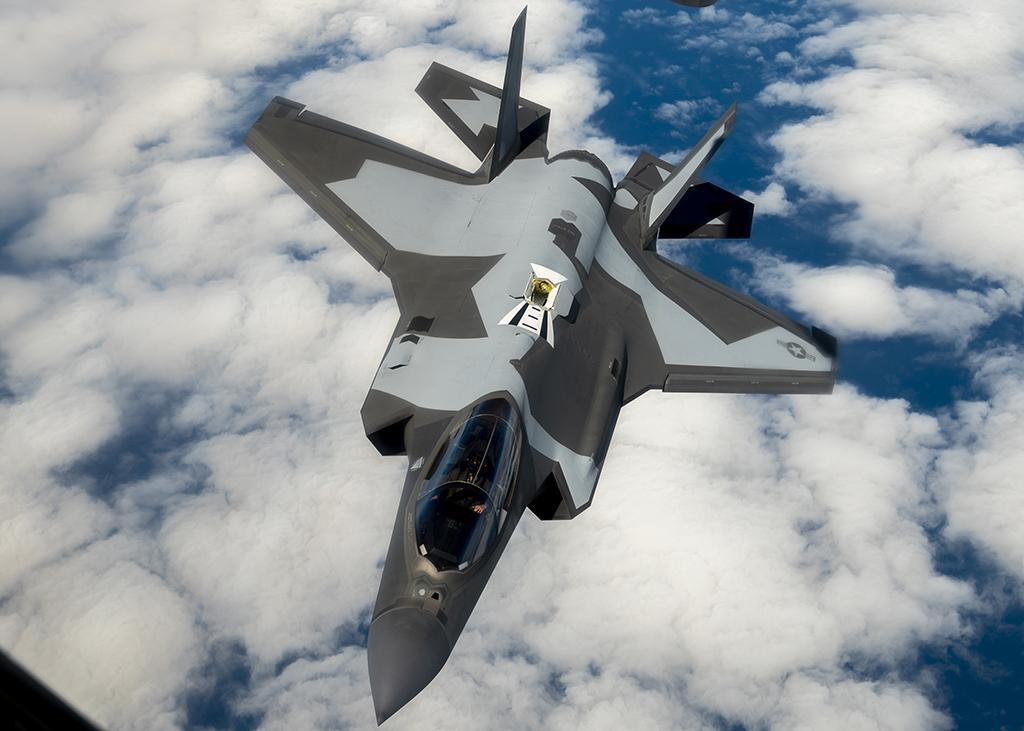
German U-Turn
Germany opened an eventful year for Lockheed Martin’s F-35 in March when it ditched plans to replace Panavia Tornados with Boeing F/A-18E/Fs and EA-18Gs, and selected F-35As. Later that month, Canada chose the F-35 over the Saab Gripen E/F to replace its F-18A/Bs. Following F-35 picks by Finland and Switzerland in 2021, the Czech Republic opted for F-35As, and Greece submitted a request to purchase the U.S.-built fighter.
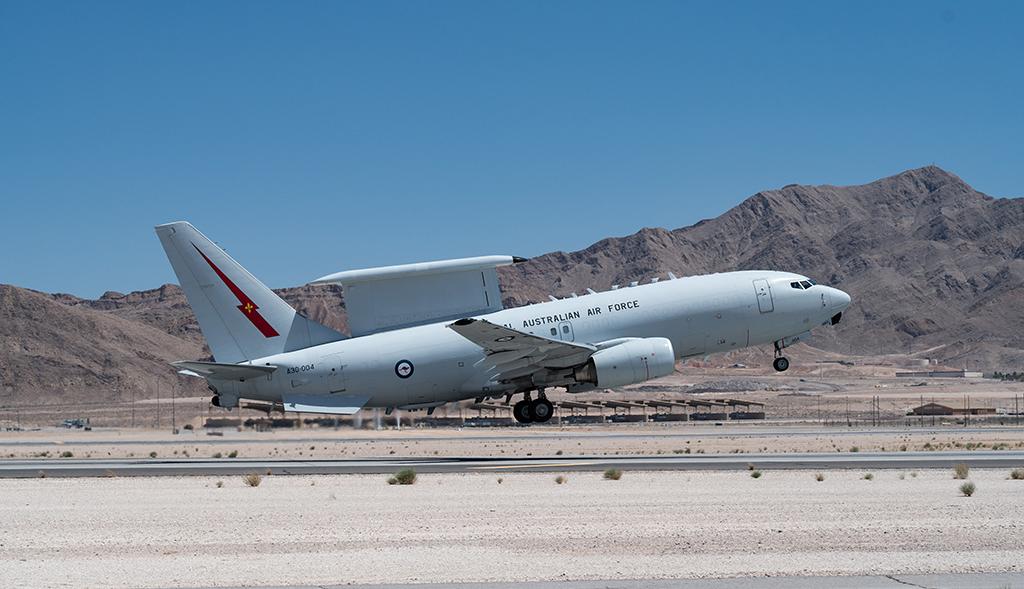
U.S. Wedgetail
In April, the U.S. Air Force announced Boeing’s E-7 Wedgetail airborne-early-warning-and-control aircraft would replace its E-3 Sentry fleet, launching an accelerated program to field two prototypes before a production decision in 2025. The U.S wants to buy 22 E-7s to replace its 31-aircraft E-3 fleet, with initial operational capability expected in 2030.
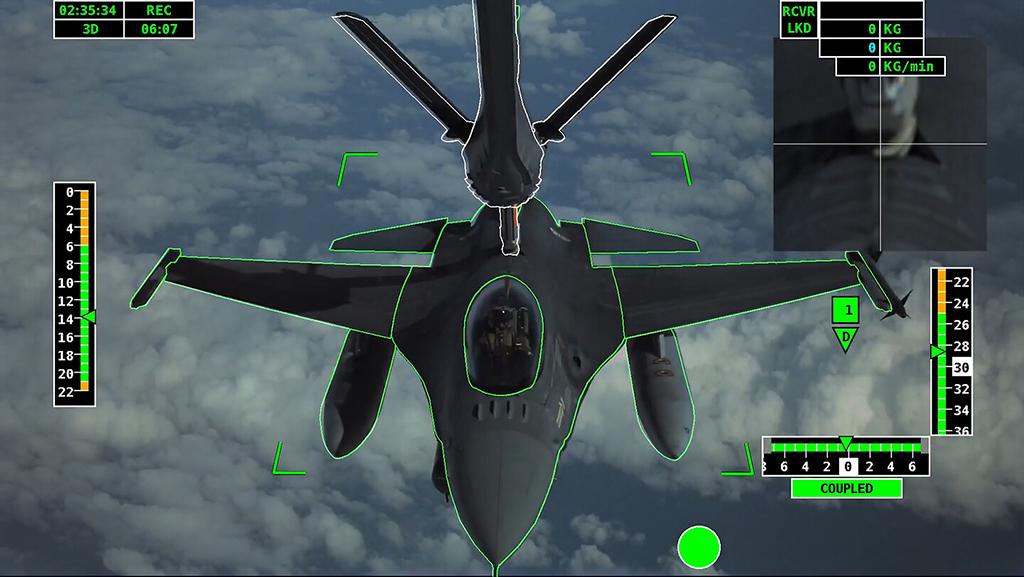
Automated Refueling
Airbus’ A330 Multi-Role Tanker Transport (MRTT) in July became the first tanker to be certified for automatic air-to-air refueling (A3R) without a boom operator. Spain’s National Institute of Aerospace Technology signed off on the A3R capability to refuel the F-16 during daylight following a test campaign in collaboration with the Republic of Singapore Air Force.

European Millennium
The Netherlands in June chose Embraer’s C-390 Millennium to replace its Lockheed C-130 Hercules fleet, becoming the third European nation to opt for the Brazilian airlifter after Hungary and Portugal, which received its first aircraft (pictured) in October. Export sales are expected to help offset a reduction in launch customer Brazil’s order for KC-390 tanker/transports to 19 from the original 28.

KF-21 Flies
Korea Aerospace Industries’ KF-21 Boramae fighter completed its first flight on July 19 from Sacheon, South Korea. Powered by a pair of General Electric F414s, the aircraft carried four captive MBDA Meteor missiles. Program partner Indonesia later reiterated its support for development of the KF-21, and Poland has shown interest in joining the program.
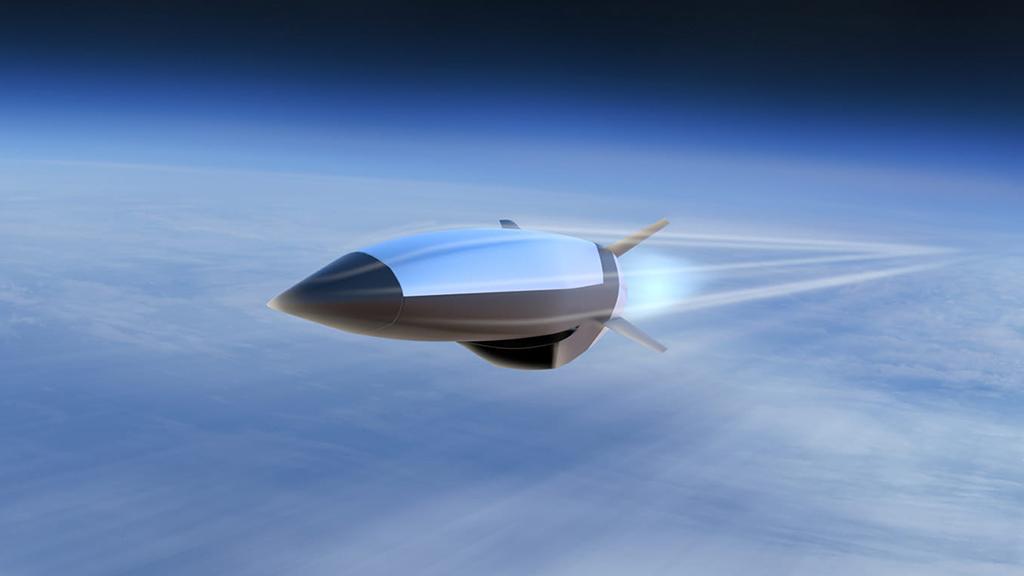
HAWC to HACM
Raytheon and Northrop Grumman in September were selected to develop the air-launched, scramjet-powered Hypersonic Attack Cruise Missile (HACM) for the U.S. and Australian air forces. The award came after the Raytheon-Northrop team conducted two hypersonic flights launched by an F/A-18F under DARPA’s competitive Hypersonic Air-Breathing Weapon Concept (HAWC) program.

Raider Reveal
Northrop Grumman and the U.S. Air Force rolled out the B-21 Raider stealthy strategic bomber at Plant 42 in Palmdale, California, on Dec. 2, some 34 years after the unveiling of its predecessor B-2 and seven years after Northrop won the Long-Range Standoff Bomber contract. The Air Force plans to buy 100 B-21s to replace its B-1s and B-2s, beginning in the mid-2020s.
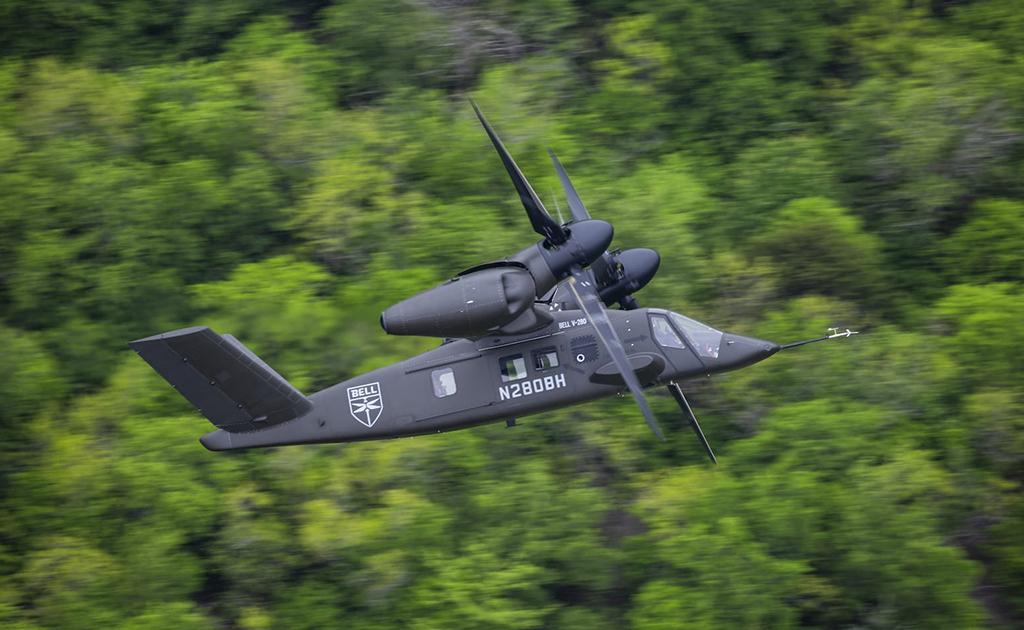
Valor Victor
V-280 Valor

FCAS Unstalled
Future Combat Air System

Global Fighter
The UK/Italy Tempest Future Combat Air System project is merging with Japan’s F-X, creating the Global Combat Air Program (GCAP), an equal partnership to develop a sixth-generation fighter for the 2040s. Industry players include BAE Systems; Rolls-Royce; MBDA UK and Leonardo UK; Italy’s Avio Aero, Elettronica and Leonardo; as well as Japan’s IHI, Mitsubishi Electric and Mitsubishi Heavy Industries.
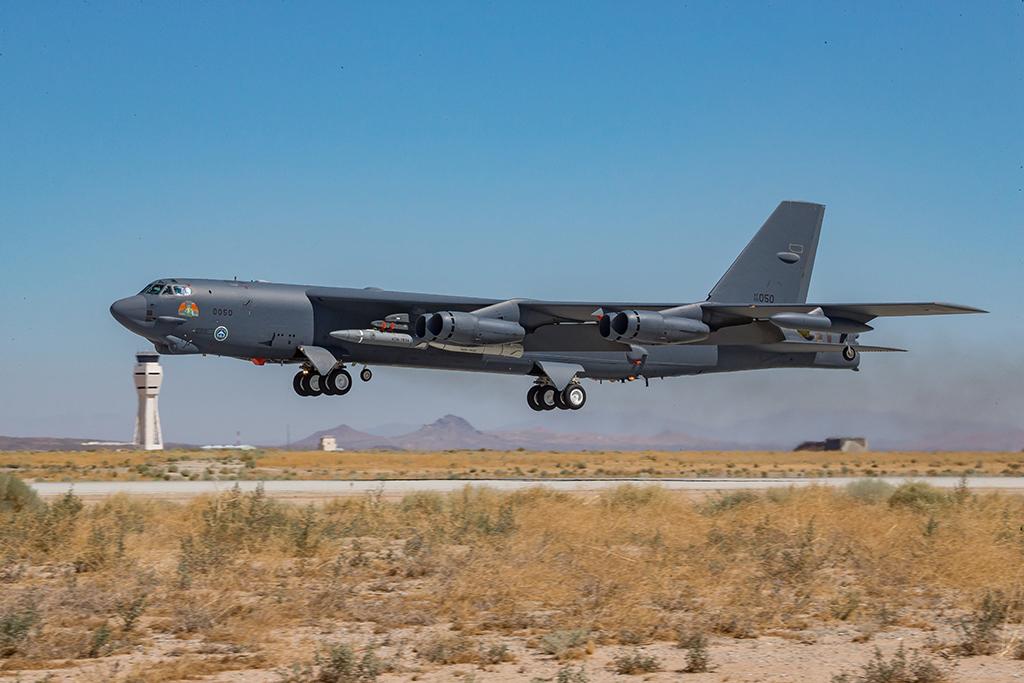
ARRW in Flight
A U.S. Air Force B-52H released the first AGM-183A Air-launched Rapid Response Weapon (ARRW) all-up round on Dec. 9. On this first launch of a full prototype missile after previous tests of the boost-glide weapon’s rocket booster, the ARRW achieved hypersonic speed greater than Mach 5, completed its flight path and detonated in the terminal area.
From hypersonic strike missiles to sixth-generation combat aircraft, the next waves in military aviation technology moved closer in 2022.
